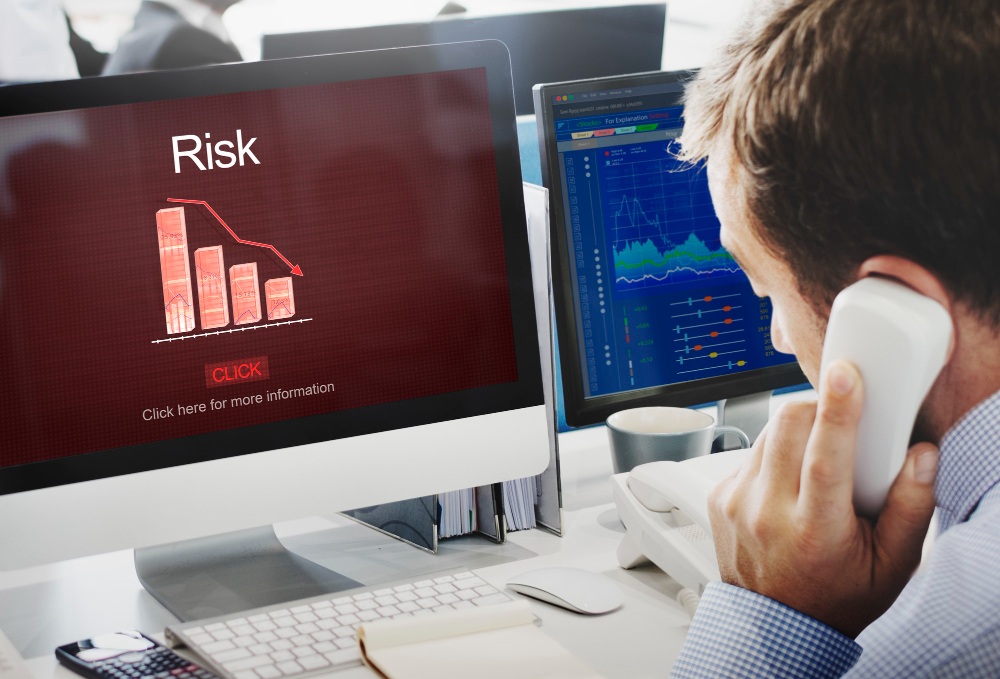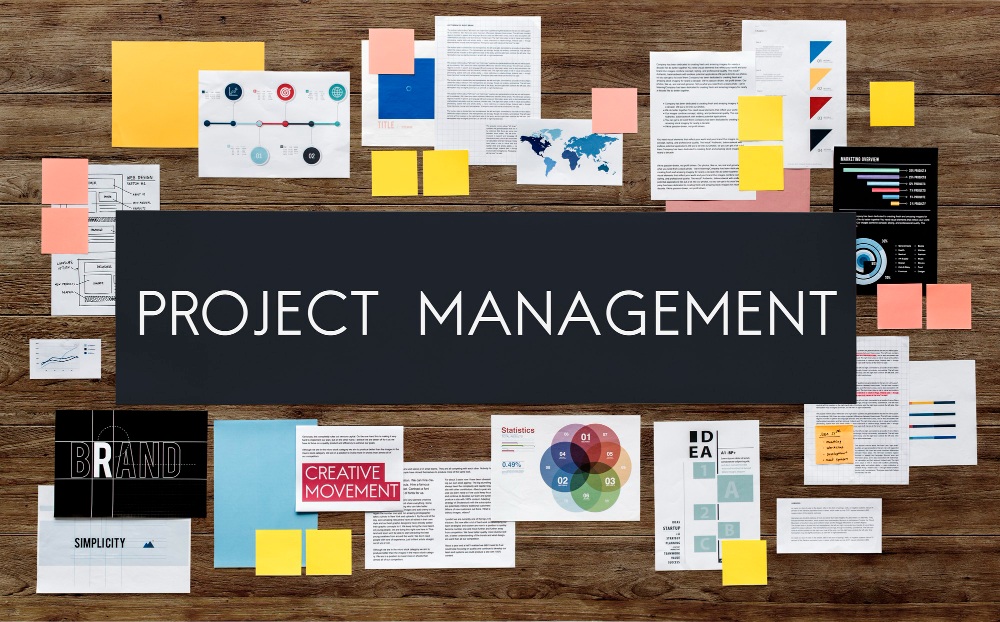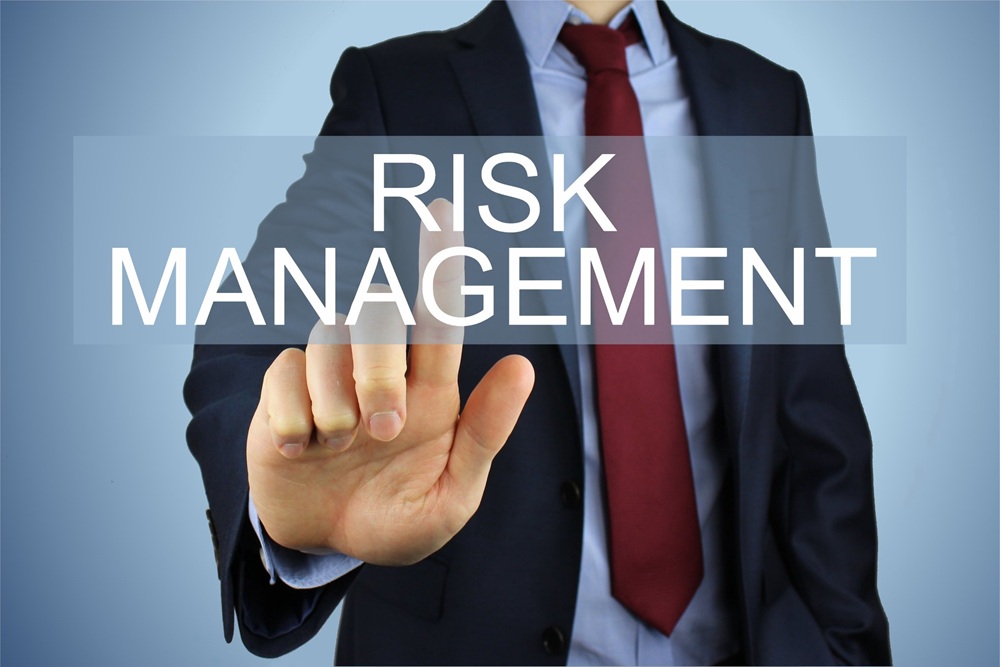In today’s fast-moving business world, change is constant. Organizations evolve due to new technologies, shifting market trends, and global economic pressures. Yet, while change is inevitable, managing it effectively determines whether a company thrives or fails.
Change management refers to the structured approach organizations use to transition people, processes, and technology from their current state to a desired future state. It focuses not only on strategy but also on the human side of change — helping employees adapt, accept, and perform during transformation.
According to a 2024 Prosci report, projects with excellent change management practices are 6× more likely to meet or exceed objectives than those with poor or no change management.
Understanding Change Management
Change management bridges the gap between strategic planning and execution. It ensures that organizational transitions — whether digital transformation, restructuring, or mergers — happen smoothly and sustainably.
The main goal is to minimize resistance and maximize engagement, ensuring people stay aligned with new goals and systems.
For a broader view of process-oriented planning, read End-to-End Project Management.
Why Organizations Resist Change
Humans are creatures of habit. Employees often resist change due to:
- Fear of the unknown
- Lack of clarity or communication
- Comfort in existing systems
- Concerns about job security or role shifts
This resistance can slow down even the most well-planned initiatives. Effective change management helps address these barriers through communication, training, and participation.
A strong leadership team ensures that transitions are not just mandated but embraced.
Change Management vs. Project Management

While often linked, project management and change management serve different purposes:
- Project Management focuses on technical execution — scope, time, budget, and deliverables.
- Change Management focuses on people and culture — helping employees accept and sustain project outcomes.
Together, they create a synergy where technical success aligns with human adoption — essential for long-term business growth.
Case Study: Nokia vs. Samsung
The Nokia vs. Samsung story is a classic lesson in organizational adaptability.
When smartphones emerged, Samsung quickly adopted Android OS and touchscreen technology, while Nokia stuck to its legacy systems for too long. Nokia’s resistance to change cost it its leadership position — a failure of change management, not innovation.
Samsung’s agility, on the other hand, reflects how strategic adaptability drives survival in fast-evolving markets.
Major Benefits of Effective Change Management
1. Enhances Organizational Agility
In 2025, businesses face constant disruption — AI, automation, ESG standards, and remote work. Change management enables companies to adapt quickly without losing focus or productivity.
2. Reduces Operational Costs

By streamlining outdated processes and eliminating inefficiencies, organizations save resources and improve ROI (Return on Investment).
3. Improves Employee Engagement
When employees understand why change is happening, they become partners in transformation. Clear communication and feedback loops foster trust.
4. Strengthens Competitive Advantage
Organizations that evolve faster gain an edge in innovation, customer satisfaction, and profitability.
5. Supports Business Continuity
Structured change prevents disruptions in operations. Even during mergers, system upgrades, or crises, continuity remains intact.

Modern Frameworks for Change Management (2024–2025)
Organizations now use proven models to structure transitions effectively:
- ADKAR Model (Awareness, Desire, Knowledge, Ability, Reinforcement): Focuses on guiding individuals through change.
- Kotter’s 8-Step Model: Emphasizes leadership vision, communication, and momentum building.
- Lewin’s Change Theory: Involves three stages — unfreezing, changing, and refreezing — to embed new behaviors.
- Digital Change Models (2025 trend): Integrate AI-driven analytics to measure employee readiness and adoption.
According to Deloitte’s 2025 Business Resilience Study, over 78% of global companies are now using hybrid change models combining ADKAR and Agile principles.
External and Internal Drivers of Change
External Factors
- Globalization and shifting trade dynamics
- Technological innovation (AI, cloud computing, automation)
- Economic and regulatory changes
- Customer behavior — demanding faster, digital-first services
Internal Factors
- New leadership and vision
- Workforce demographics and culture
- Performance improvement initiatives
- Cost-cutting or restructuring goals
Understanding both ensures alignment between strategy and execution.
How to Implement Change Successfully
- Create a Clear Vision: Define what success looks like and why it matters.
- Engage Leadership: Leaders must communicate purpose and inspire confidence.
- Empower Employees: Offer training and involve them in decision-making.
- Track and Measure Progress: Use key performance indicators (KPIs) to monitor impact.
- Celebrate Small Wins: Reinforcement encourages long-term commitment.
Challenges in Managing Change

- Cultural resistance within organizations
- Lack of leadership sponsorship
- Poor communication during transitions
- Inadequate measurement of outcomes
- Insufficient training or resources
Overcoming these challenges requires continuous feedback, empathy, and adaptability from management.
FAQs
Why is change management critical in 2025?
Because technological, economic, and environmental shifts are faster than ever, and businesses need structured change to survive disruption.
What’s the difference between change management and transformation?
Change management manages specific transitions; transformation is a larger strategic overhaul of structure, culture, or business model.
What are the best tools for managing change?
AI-based dashboards, employee sentiment analysis tools, and project management software like Asana or Monday.com help track progress.
Can small businesses benefit from change management?
Yes. Even small companies gain stability, adaptability, and employee engagement by applying structured change practices.
Bottom Line
Change is not just about survival — it’s about strategic evolution.
In 2025, organizations that practice proactive change management are the ones driving innovation, engaging employees, and outperforming competitors.
Effective change management transforms uncertainty into opportunity and resistance into growth — making it a critical pillar of modern business success.

Daniel is a business writer focused on entrepreneurship, finance, and investment strategies. He shares practical insights to help professionals and business owners make informed decisions in a fast-changing market.























![Man Hold a Gold Card]](https://businessfinancearticles.org/wp-content/uploads/2025/10/Man-Hold-a-Gold-Card.jpg)



